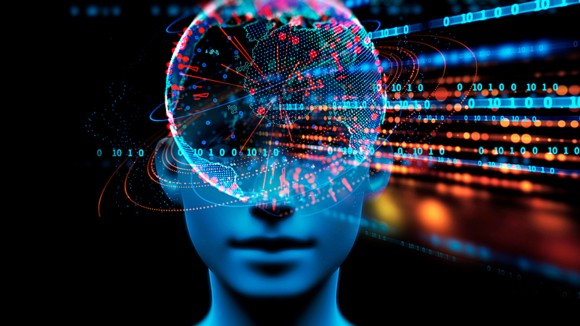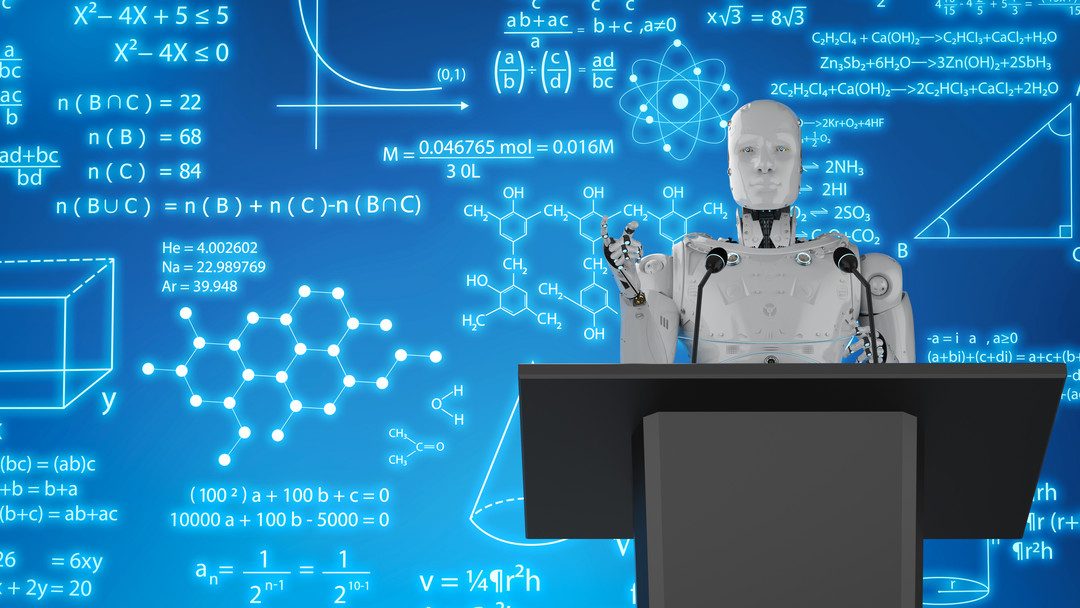
Introduction
The theory and development of computer systems can perform tasks usually requiring human intelligence, such as visual perception, speech recognition, decision-making, and translation between languages.
An artificial intelligence system can learn tasks and solve problems without being explicitly instructed by humans on every single detail. It should be able to do reasoning and abstraction, and easily transfer knowledge from one domain to another.
Types of AI
Artificial Narrow Intelligence.
Artificial Narrow Intelligence (ANI) also known as weak AI involves Applying AI only to specific tasks.
ANI is a technology built to assist or take over specific tasks and do them better than any human can do. So ANI is not something super-cool robot or computer which can rule the world and they are smarter than humans. Yes they are more intelligent and faster than humans in some specific tasks. They can’t make decisions on their own, they are not self-aware, In other words, they have so many limitations. ANI is like a calculator, it can calculate anything faster and more accurately than the human brain. It cannot calculate anything on its own, it requires human assistance to do its task properly.
Siri and Alexa both are examples of ANI. They are operating within a predefined range of functions. You can give them commands i.e. provide them human assistance by saying call Mr Ram, they will call him within a second. But if you want to call him manually you will go to the contact list search name or a number and then complete the task and you as humans will still take more time than these virtual assistants. But this virtual assistant cannot call if human assistance is not provided.
Artificial General Intelligence.
Artificial General Intelligence (AGI) also known as strong AI, Involves the machine that possesses the ability to perform any intellectual task that a human being can.
AGI is a hypothetical intelligent agent that can perform any intellectual task that humans can i.e. it is smart as humans but due to its Computing Power it is superior to humans in its specific task. It can learn and understand any intellectual task a human can. Also, it can replace humans at any stage when performing intellectual tasks. But AGI has its limitations. AGI doesn’t have reasoning capabilities like humans, it can process a million documents in a few seconds but it has no idea what to do if the tv doesn’t start after clicking the power button.
Currently, we don’t have any AGI. But still Alpha Go Zero is one of the few technologies of our time which can be an AGI of tomorrow. AlphaGo is the first computer program to defeat a professional human Go player, the first to defeat a Go world champion, and arguably the strongest Go player in history. Despite decades of work, the strongest Go computer programs could only play at the level of human amateurs. Standard AI methods, which test all possible moves and positions using a search tree, can’t handle the sheer number of possible Go moves or evaluate the strength of each possible board position.
Many AI researchers have positive opinions about AGI. There is a big probability that a large number of the population will lose their jobs because of AGI, mostly jobs where humans have to perform specific intellectual tasks. But they are not a threat to humanity and this is what matters the most.
According to an IBM survey, more than 120 million workers globally will need retraining in the next three years due to artificial intelligence’s impact on jobs. The world’s most advanced cities aren’t ready for artificial intelligence disruptions, claims management consulting firm, Oliver Wyman.
Artificial Super Intelligence.

Artificial superintelligence (ASI) is a term referring to the time When the capability of computers will surpass humans. ASI is a hypothetical intelligent agent that possesses more intelligence than humans. “Superintelligence” may also refer to a property of problem-solving systems. SAI is a technology with extraordinary computing power and its intellectual capabilities are way superior to humans. ASI doesn’t need any human interaction to do its task properly, it can think and it can also make decisions on its own. According to AI research, ASI can have a sense of existence and reasoning ability just like human beings. In our real world, we don’t have anything like ASI. From the fictional world, Ultron and Movies like Terminator both are examples of ASI.
Many AI experts believe ASI poses threat to humanity. Elon Musk (the man who co-founded and leads Tesla, SpaceX, Neuralink, and The Boring Company) in a documentary by American filmmaker Chris Paine said “The least scary future I can think of is one where we have at least democratized AI because if one company or small group of people manages to develop godlike digital superintelligence, they could take over the world. At least when there’s an evil dictator, that human is going to die. But for an AI, there would be no death. It would live forever. And then you’d have an immortal dictator from which we can never escape.”
